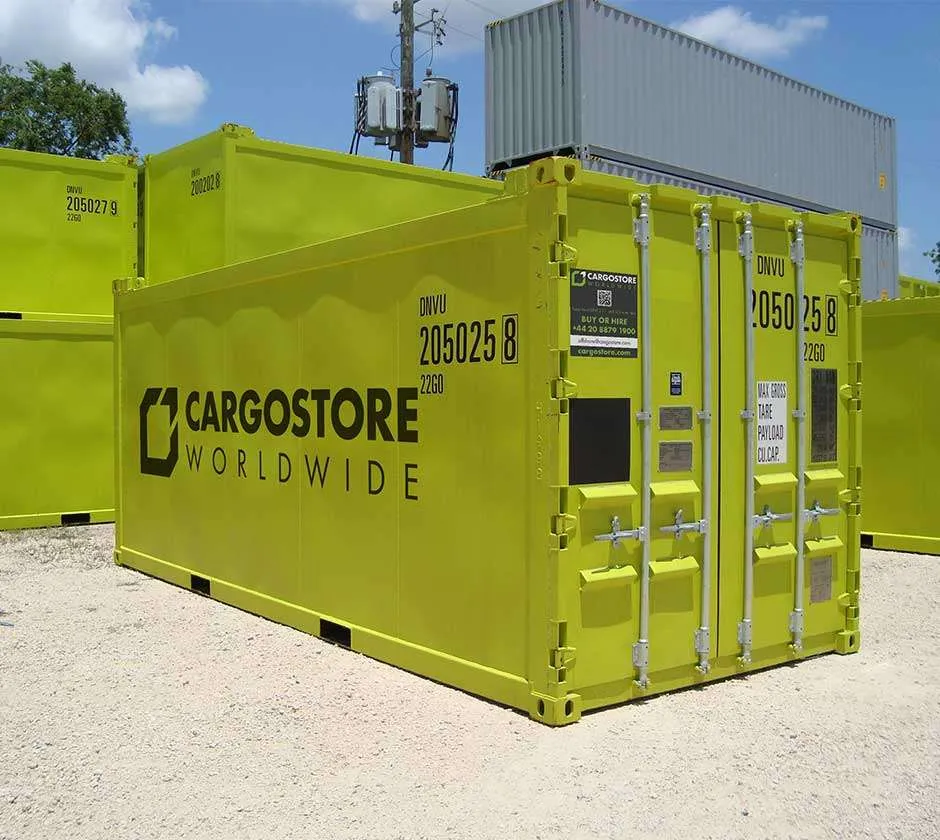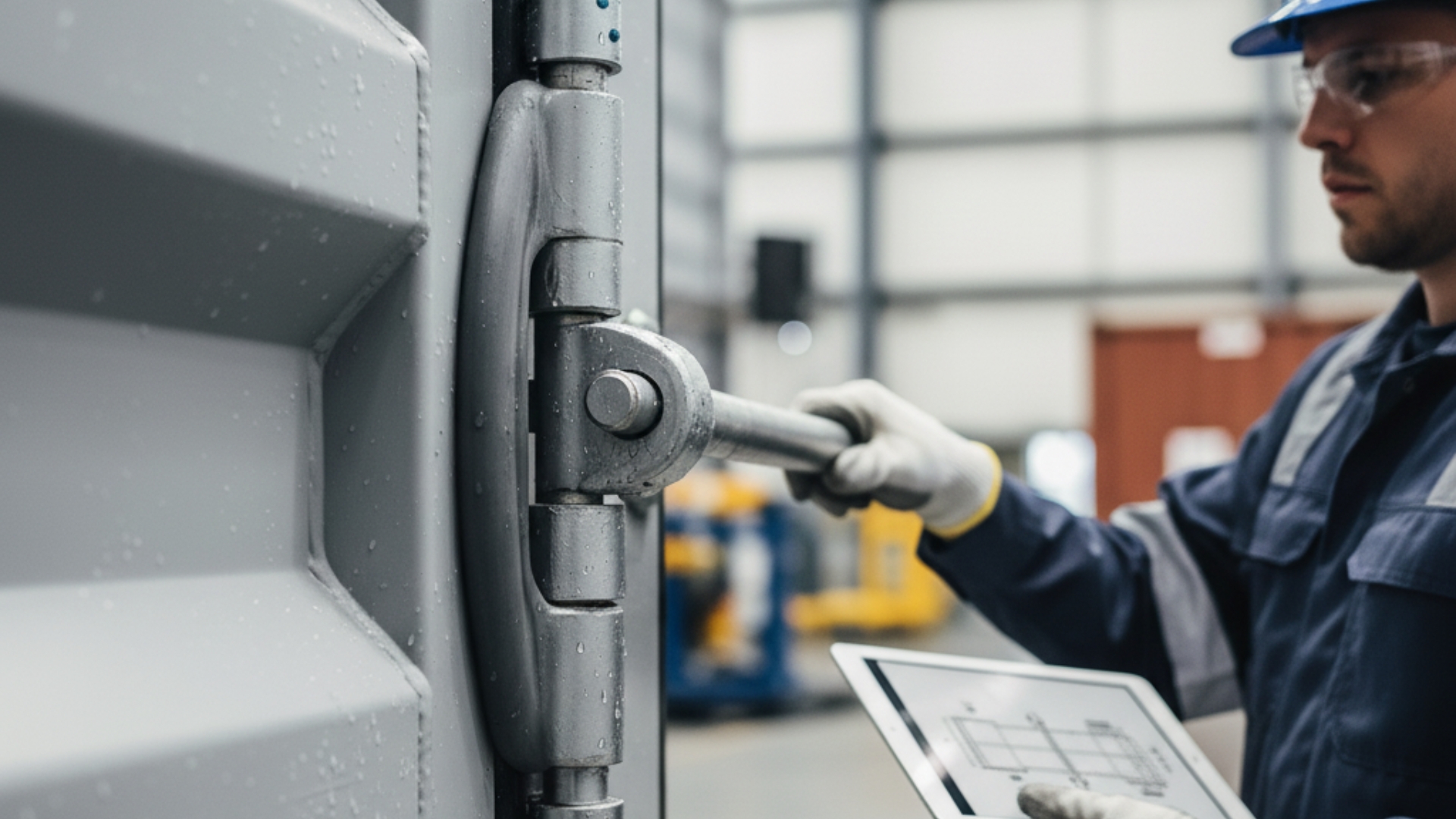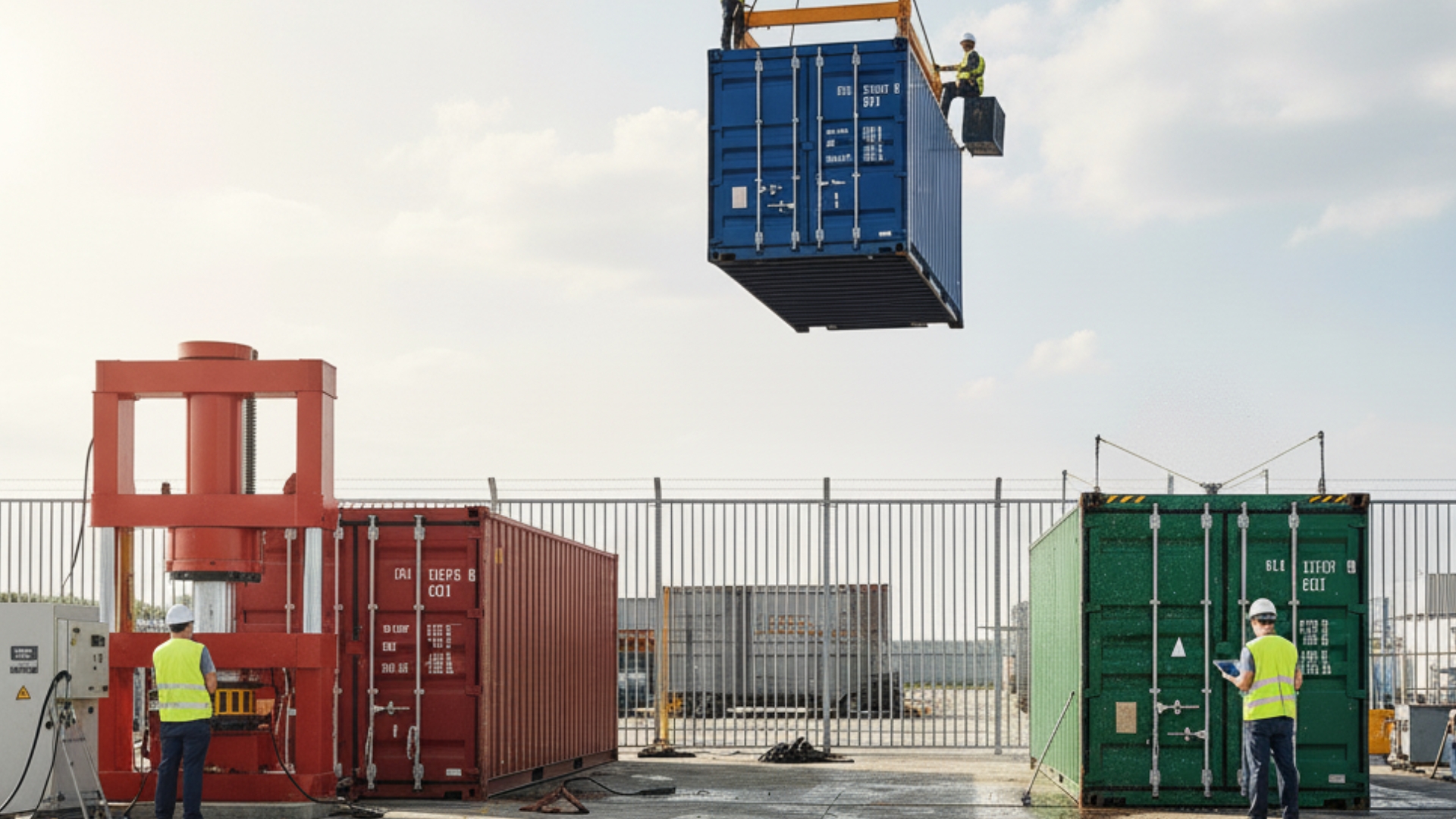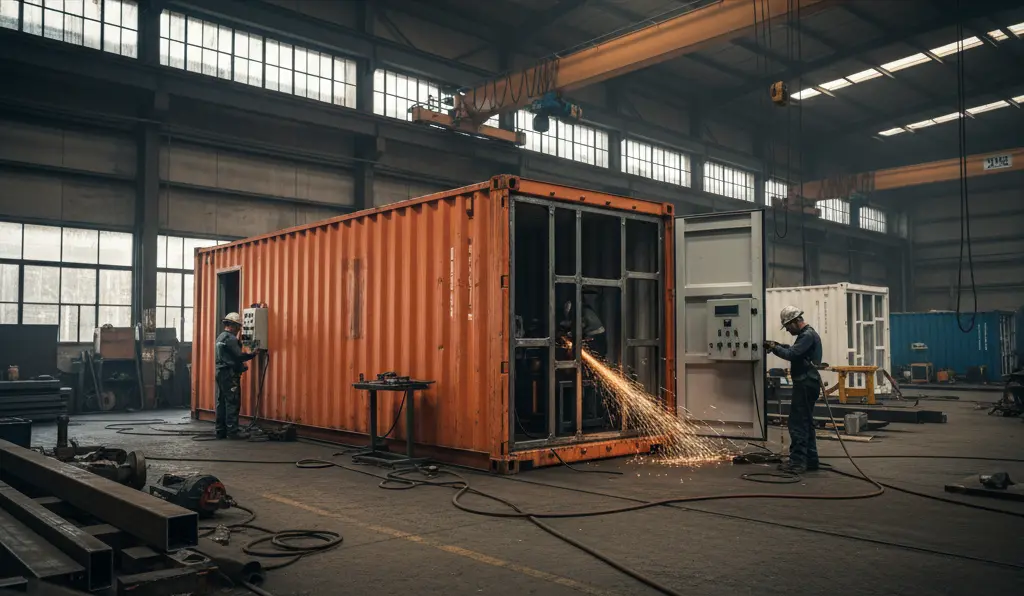Padeyes may be small in size, but they play a massive role in offshore safety.
These welded lifting points are critical to handling heavy offshore containers safely, especially in extreme marine environments. Unlike ISO containers used on land, offshore containers must include padeyes as a structural requirement for certified lifting.
The Role of Padeyes in Offshore Operations
Padeyes are the backbone of safe lifting in offshore projects.
A padeye is a reinforced metal loop or lug designed to connect lifting gear like shackles and slings to a container or structure. In offshore conditions, where wind, waves, and load shifts are common, padeyes ensure stability and safety during crane operations. They’re used on offshore containers, skids, suction anchors, and modular structures, including every DNV 2.7-1 container built at Al Basata.
ISO vs Offshore Containers: Key Differences
| Feature | ISO Container | Offshore Container |
| Padeye Requirement | Not Required | Required |
| Certification Needed | None | As per offshore standards |
| Application | General Logistics | Oil & Gas, Marine, Offshore |
| Safety Tests | Not Mandatory | Load/Drop Tests Required |
ISO containers are suitable for warehouses and trucks. Offshore containers, on the other hand, must pass rigorous lifting tests and include certified padeyes to ensure zero compromise on safety.
Design Standards Followed at Al Basata
We don’t just build containers, we engineer them to perform.
At Al Basata, our padeye designs follow globally accepted offshore lifting standards. We consider every factor that affects performance at sea.
These are the key design priorities we follow:
- Design Load & Skew Factors
We calculate how containers behave when lifted at an angle, not just straight up. Offshore lifting often involves side loads from 3° to 20°, and our designs account for this. - Material Strength & Weld Quality
We use Z-grade steel for superior toughness, especially at low temperatures. Welds are tested to meet offshore-grade durability and to resist fatigue. - Lifting Gear Compatibility
Our padeyes are designed for 4-point lifting with bow shackles, ensuring proper fit and function with offshore cranes and lifting slings.
5. Testing and Certification Process
A well-designed padeye means nothing without proof it works in real life.
At Al Basata, we perform load testing on every container to validate padeye strength. We simulate real offshore lifting scenarios to verify:
- Structural integrity of the padeye and weld zones
- Performance under maximum anticipated loads
- Proper alignment and side-load resistance
Each container comes with a test certificate, not just a design drawing. Because offshore operations demand performance, not paperwork.
6. Key Features
These are the main features of Al Basata’s certified padeye designs.
- Certified for Offshore Oil & Gas Standards
Every padeye we install meets DNV 2.7-1, EN 12079, and other leading offshore regulations. This certification ensures legal compliance for oil & gas operations. - Delivered Ready-to-Lift
We don’t leave anything to chance. Our containers come fully assembled and tested, so you can lift and deploy immediately. - Custom Fit-outs for Specific Operations
Whether it’s a basket, CCU, or accommodation unit, we adapt padeye size, angle, and weld configuration to match the intended operation. - Durability in Harsh Offshore Conditions
Saltwater, wind, and mechanical stress can wear down poor designs. Our padeyes are built to endure the roughest marine environments, safely and reliably. - Drop-Test and Load-Test Certified
We conduct full drop and lifting tests, simulating real-life lifting failures. This helps prevent equipment damage and personnel risk during actual operations.
7. Use Cases / Applications
Padeyes are more than just accessories, they’re essential for safe handling across offshore operations.
- ROV Cabins and DNV Containers
We use certified padeyes for all lifting points in ROV cabins, control units, and other DNV-certified structures. - Modular Skids and Frames
Padeyes help in lifting full-size skids used for machinery, electrical panels, and pump units. - Temporary Offshore Facilities
Be it a portable accommodation, lab, or storage cabin, our padeye-equipped containers ensure smooth deployment.
8. Best Practices for Padeye Design and Implementation
We follow a simple rule: safety above all else.
To make sure each lifting point performs under pressure, we:
- Align designs with international offshore lifting codes
- Match padeye size and thickness to shackle and sling configuration
- Perform real-world load testing before delivery
- Check for both vertical and side-angle lifting resistance
- Use full-length welds designed for the container’s operational life
These practices keep your people, your equipment, and your operations secure.
9. Why It Matters And Why Choose Al Basata
When it comes to offshore, every lift counts.
At Al Basata, we treat padeye design as a critical safety component, not just a tick in the box. Every offshore container we build is engineered, tested, and certified with lifting safety in mind. Our certified padeye placements, weld integrity, and load-testing methods meet the highest offshore standards, trusted by clients like ADNOC.




